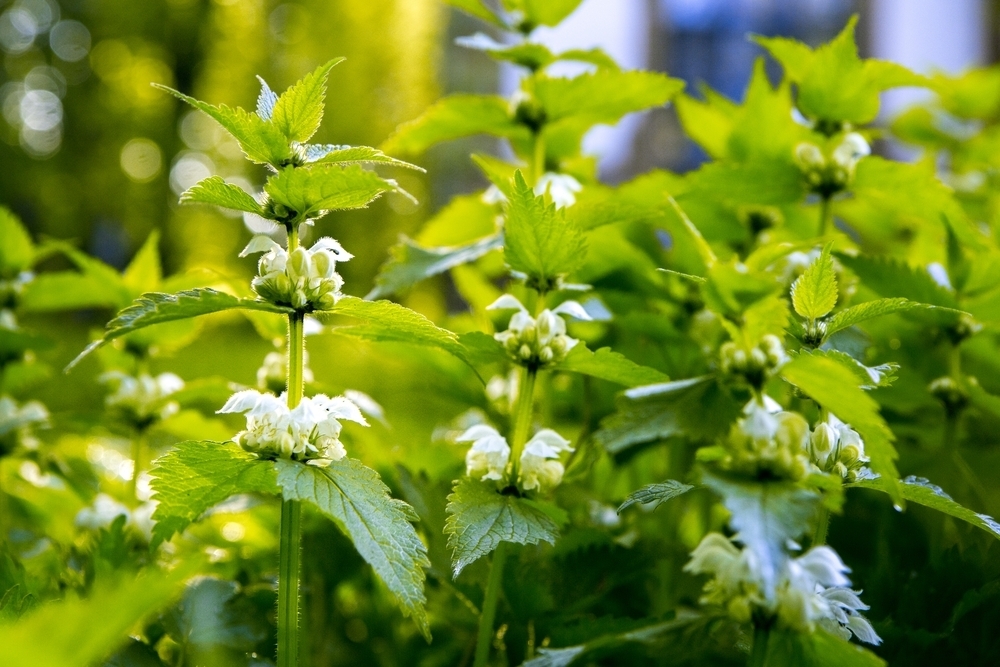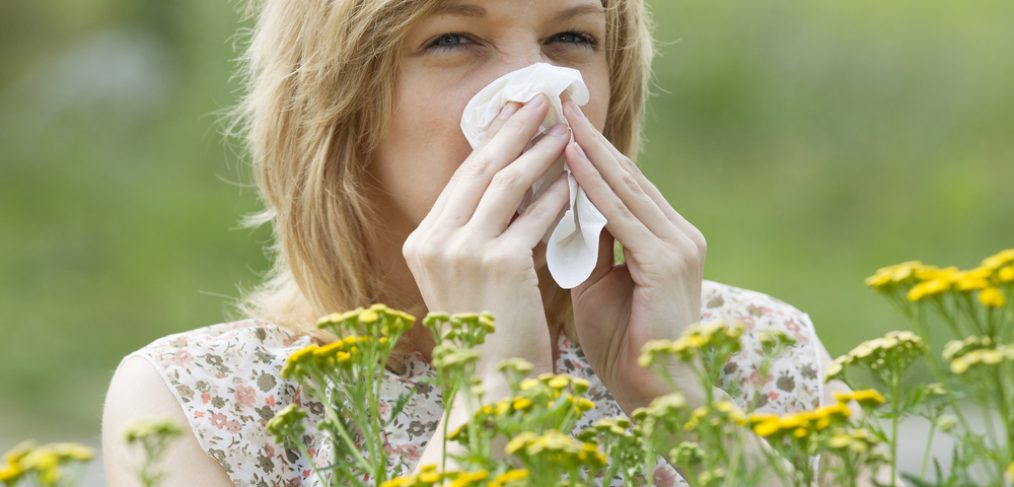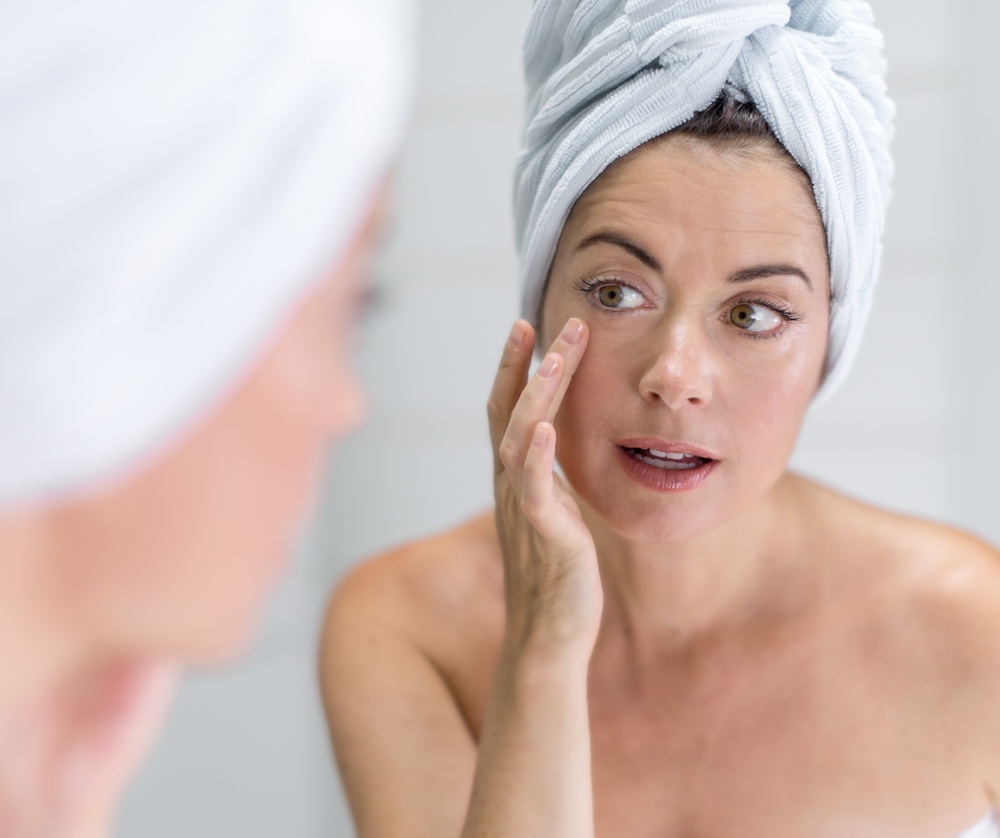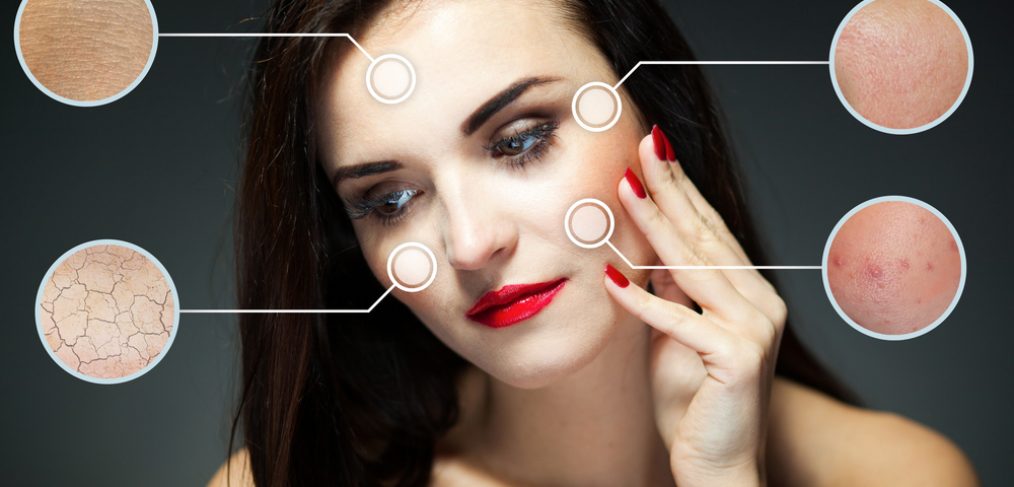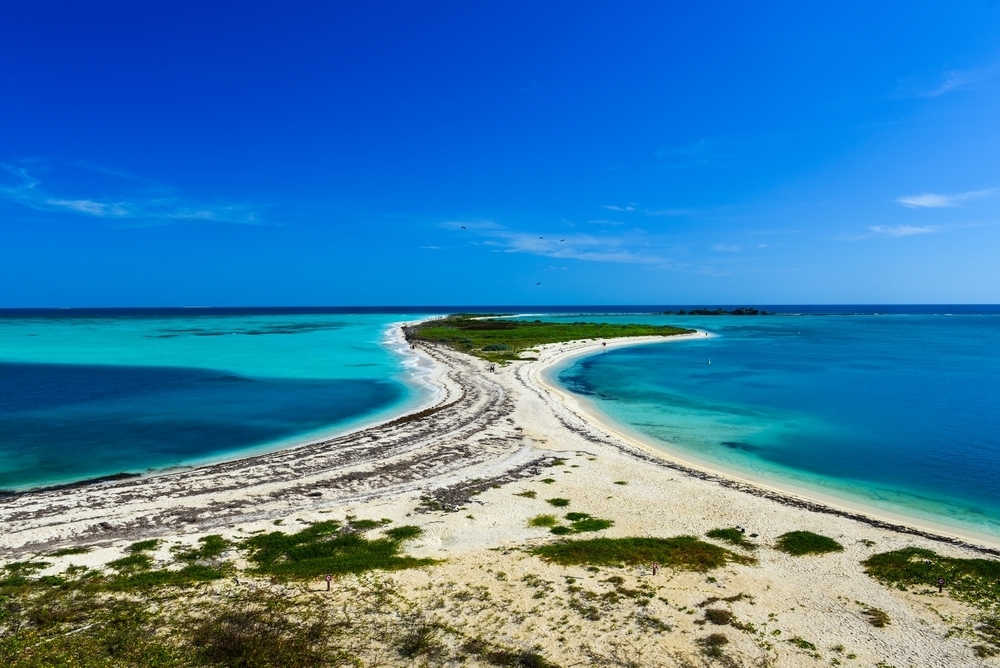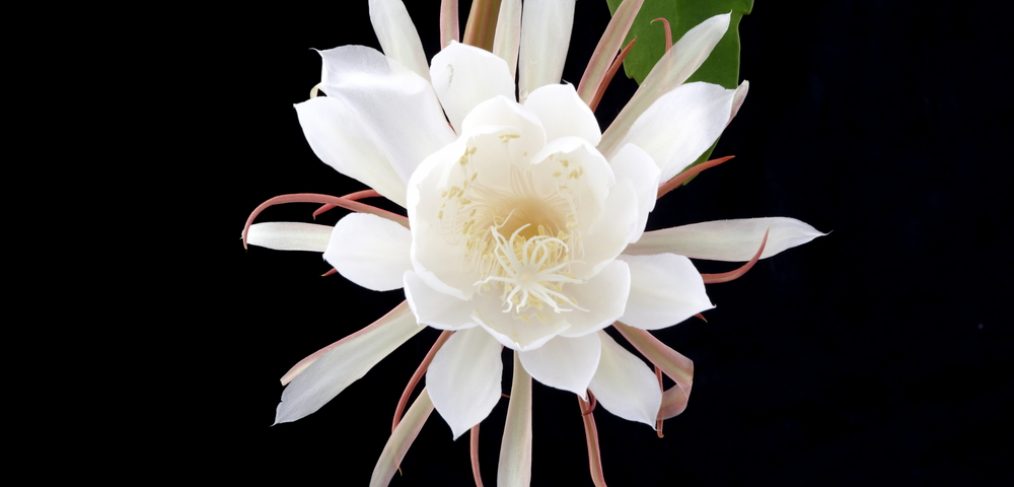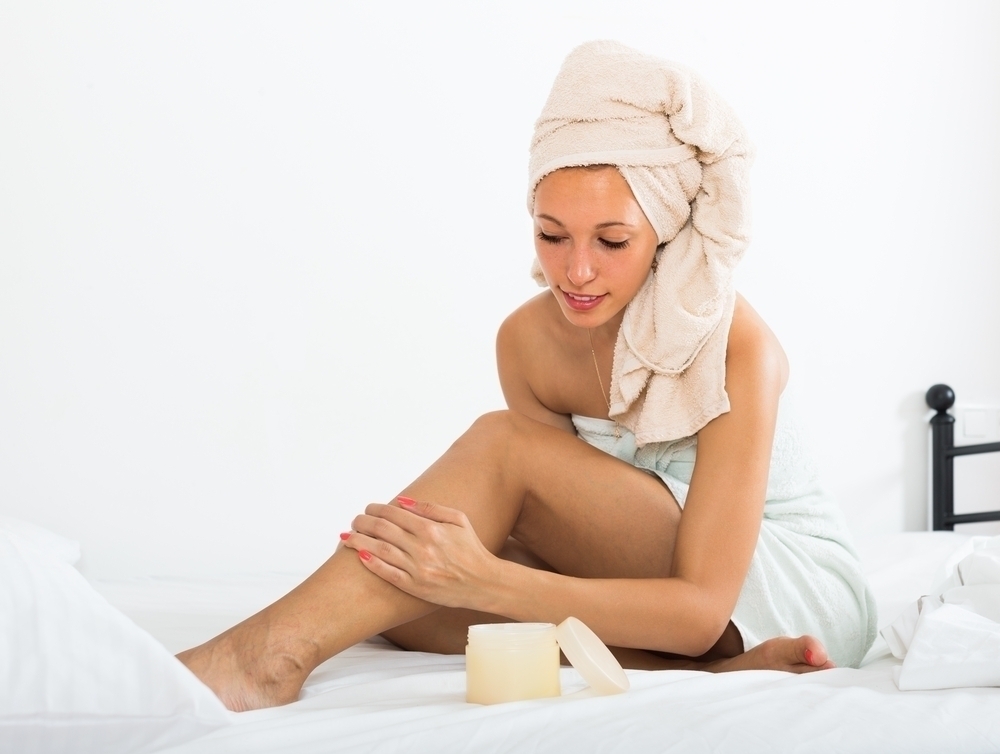When we were little, our first Barbies were often international travelers. We would dress her smartly in a two-piece suit with just the right amount of sexy and put her in some killer pumps, accessorize her with suitcase and briefcase and off she would go to catch her international flight. In many scenarios, Barbie would jet set to some tropical location where she would be involved in Bond-esque scenarios, all of which she would able to navigate her way into and out of smoothly, emerging with Ken on her arm and her suit as fresh and pristine as it had been before she left. We really should have warned her about the bugs!!
Unfortunately, no matter how romantic and appealing traveling to other countries may seem, it is not without its dangers, with insect carrying bugs, namely mosquitoes and ticks, at the top of the list. But, if you are well informed and well prepared, about how these critters operate, you can greatly lower your chances of being bitten.
The first thing you should do is to try and avoid regions that are known to be hot spots for disease transmission. Tropical regions are most commonly cited, but be sure to check the CDC Travelers Health Website for updates on regional outbreaks. But assuming you can’t avoid the mosquitoes doesn’t mean you can’t outsmart them. Find out when peak biting times are and try to stay inside during these hours and avoid vegetated areas where ticks and chiggers can be found.
Sorry, fashionistas, but if you’re planning on heading to the tropics you may not want to plan on packing those sleeveless numbers. As alluring as the thought of bearing it all on a tropical island may be, it may not be the most advisable. The CDC recommends that you minimize the areas of exposed skin by wearing long sleeves, pants, boots and hats and make sure you tuck ’em in. Shirts in pants, pants in socks, closed shoes. Just remember: Confidence makes you beautiful!! Also, while your dressing, it may be a good idea to spritz your duds with permethrin repellents for extra protection. This will last through many washes.
Bed nets. Now this one, we quite like. Haven’t you often thought them to resemble sexy little canopies. Make sure they reach the floor of are tucked under mattresses to seal the buggers out. They should be pretreated with a pyrethroid insecticide for best results. Pretreated nets are available for purchase and can last for several months if they are not washed.
Regrettably, when it comes to using repellents, there are environmental issues to consider. Most of what is toxic to insects is, consequently, harmful to the environment. However there are a few EPA registered products that have been proven to reduce bug bites. DEET, picardin, oil of lemon eucalyptus (OLE) or PMD, ad IR3535 are all recommended. It should be noted that the first two are known as “conventional repellents” and OLE PMD and IR3535 are known as “biopesticide repellents”, derived from natural materials.
So, if an international flight is on your calendar, do not be deterred! Just think of Angelina Jolie and Brad Pitt in Africa. They did noble work and managed to keep free of disease and looked great doing it ! If they can do it, so can you!





